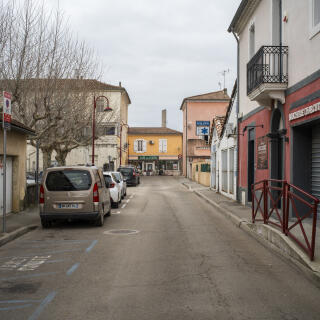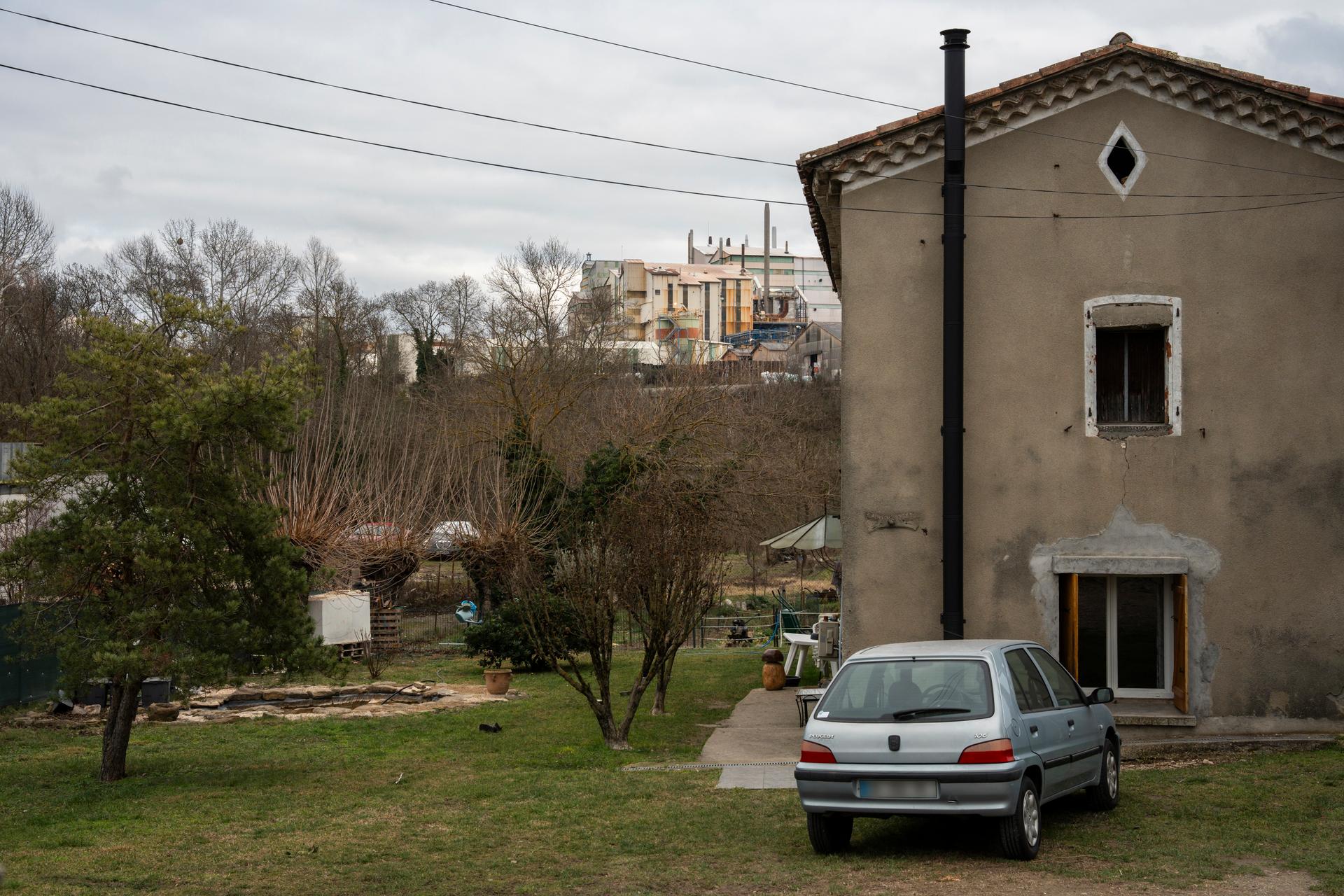


Record levels of 'forever chemicals' found in one French village's water supply
InvestigationUnprecedented analyses are revealing spectacular levels of trifluoroacetic acid (TFA) in streams around a PFAS production plant in Salindres, in southern France, as well as in the village's drinking water.
In conversation and on maps, it's simply called "The Factory." In Salindres, a village in southern France, a vast chemical platform monopolizing the horizon seems to be the source of everything: the jobs of 600 people, the future of their children, the Café de l'Usine (Factory Café) at number 24b on a street named after its founder, and almost two centuries of pollution.

"We know they don't make cookies and chocolate," joked Etienne Malachanne, mayor of this small village east of the Cévennes mountain area since 2022. "But we're not living in the Chernobyl forbidden zone either." "The trashcan of France," "the pollution capital:" Their living environment may have been described in the most unflattering terms for decades, but the Salindres locals certainly didn't expect to see it become a hotspot of contamination with "forever chemicals" on top of everything else.
Unpublished analyses, revealed by Le Monde in a joint investigation with public television channels France 3 and Belgium's RTBF, show that this community of 3,500 inhabitants is the victim of what could be the highest level of pollution ever detected for one of the per- and polyfluoroalkylated substances (PFAS). PFAS have been linked to a number of cancers, cardiovascular and thyroid disorders, as well as immune system alterations, and they can persist in the environment for centuries.
Spectacular concentrations
The Forever Pollution Project, an international investigation coordinated by Le Monde and published in February 2023, was the starting point for NGO Générations Futures' analysis campaign. In this work, a Solvay fluorinated products plant was identified as one of five PFAS production sites in France, but no information was available on contamination levels in its vicinity. The Belgian group produces very specific PFAS there, particularly trifluoroacetic acid (TFA), sold to other manufacturers for the production of pesticides and pharmaceutical products.
In order to take samples at the most relevant locations, the NGO relied on geolocation data obtained by Le Monde through freedom of information requests for access to administrative documents over the course of several months of investigation. Ten samples were taken in autumn 2023 from the Arias and Avène rivers, which flow on either side of the chemical platform, both upstream and downstream; even further down the River Gardon; and also, from tap water in communities located more than 20 kilometers to the south as the crow flies, in the villages of Moussac and Boucoiran-et-Nozières. Nine of these samples revealed spectacular concentrations of the PFAS produced by Solvay – particularly TFA.
You have 85% of this article left to read. The rest is for subscribers only.
